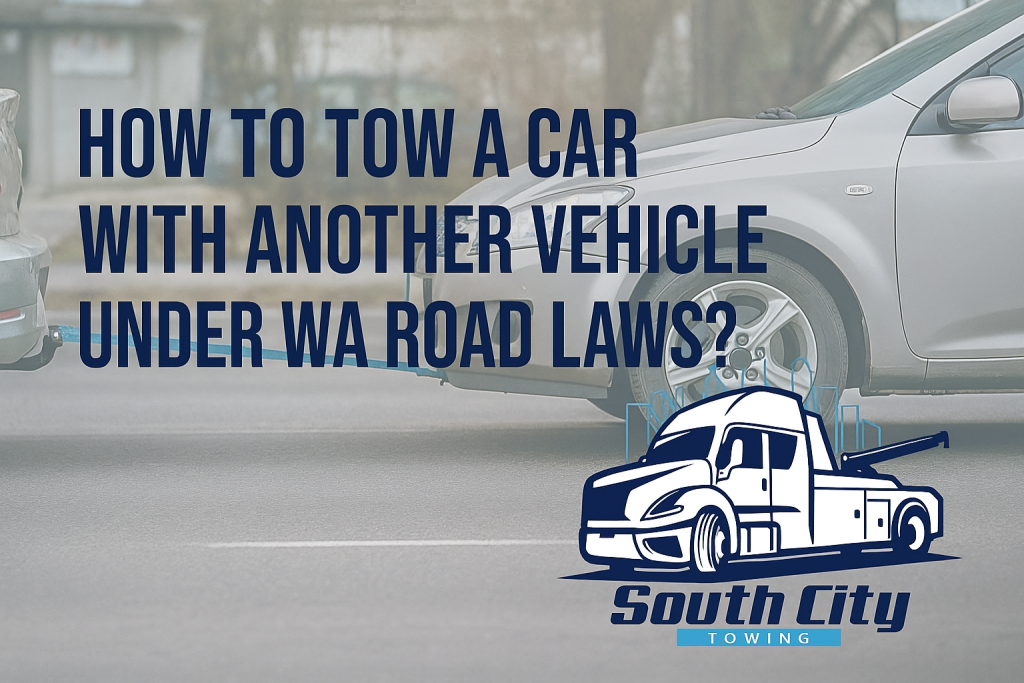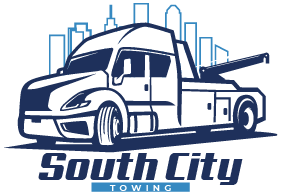How to Tow a Car with Another Car? Perth Compliant Process

Imagine a scenario when you’re cruising through Perth when your phone rings. Your mate’s car has broken down, and they need a tow.
“Can you tow a car with another car?” they ask.
It sounds easy enough. After all, how hard can it be to hook up a strap and get moving? But actually, it’s not that simple. Towing a car isn’t just a matter of pulling. There are weight limits, govt rules, and safety risks that you should think about.
We, at South City Towing, serving Perth and WA for over five years. Hence, we understand those concerns firsthand. Our experienced team handles roadside breakdowns, accidents, and scheduled transports all over the state.
So, we can guide you step-by-step on how to tow a car with another car safely, and legally.
Is It Legal to Tow a Car with Another Car?
Yes, you are allowed to tow a car with another car, but under strict regulations. Australian road rules imply certain limits for the safety of you & your vehicle. Insurance and vehicle manufacturer guidance also play a part.
So, it is important for the person who is towing to know the relative laws & comply them.
Also, if your car is crashed, you have the right to choose who tows it and where. You do not have to use the first truck on scene, and must be provided an Authority to Tow form detailing all charges before agreeing.
If you fail to follow the WA towing rules, you’ll have to face penalities and fines under law.
Towing a Car Rules in Perth & WA
Let’s scroll through WA legislation to make you clear.
According to Section 294(1) of Australian Road Rules, towing of a vehicle with another vehicle is only allowed when:
- Driver can control the movement of the towed vehicle at all times.
- Towing is completely safe for both vehicles.
Under WA’s Department of Transport Regulations, the following condition must be met.
- The vehicle being towed & towing vehicle must meet licensing requirements.
- The coupling and towbar don’t hide the number plate or lights of towing vehicle.
- Nobody should be sitting in the towed vehicle.
- Towing speed should not exceed 100km/h.
- There should be 200m distance between toeing vehicle & vehicle to be towed.
Tow straps or chains are allowed for very short distances, only off highways and under 20 mph (~30 km/h). When both vehicles are within 3 m distance with clear driver visibility. Keep in mind that in any case, you are not allowed to tow more than one vehicle at a time.
Things to Know Before Towing
Let’s go through important considerations before moving towards how to tow a car.
1. Towing Capacity & Vehicle Weights
So, the ultimate answer of “can u tow a car with another car” lies in this perimeter.
Your towing car must have a towing capacity higher than the towed vehicle’s weight. Check the manufacturer’s GVM/GCM ratings. Exceeding capacity can overheat engine, overload brakes, and void insurance.
2. Trailer Hitch Class or Tow Hook
Use a certified tow bar or hook rated for your load. Australian standard towbars post‑1988 must display max load, make/model or part number as per DoT Transport Website. Cheap straps without compliance aren’t legal or safe.
Check ready towing reviews before buying any equipment to tow a vehicle.
3. Vehicle Curb Weight
Find out what is a towed vehicle curb weight (vehicle empty with fluids, no cargo or passengers). Confirm that it’s under your towing vehicle’s suggested limit to avoid overloading its capacity & exhausting it.
Also make sure to remove extra load or people from car, as they increase the weight.
Tools Required for Towing A Car with Another Car
You’ll need the following equipment on the spot.
- A certified tow bar or bolt‑on tow hook
- Heavy‑duty tow strap or tow chain rated above the vehicle’s mass
- Safety chains for backup attachment
- Towing mirrors if load is wider than towing car
- Warning flags or signage on towed car
- Adequate brake lights or portable lighting on towed vehicle if its lights don’t work
If you don’t have the equipment, ask the professionals to tow the damaged vehicle. Don’t try to do it with inadequate tools.
How to Tow a Car with Another Car: 5 Steps for Safety
Follow these steps to get a safe & secure towing.
Step 1: Prepare Both Vehicles
Put the towed car in neutral, release parking brake, and verify wheels can roll freely. The towing vehicle should be warmed up, in good working order, and pre-trip inspection done.
Step 2: Attach Tow Hook or Bar Securely
Use approved attachment points on both chassis. Hook the tow bar or strap, then add safety chains to prevent separation. Always test the linkage gently before moving.
Step 3: Communication & Speed
Both drivers should agree on hand signals or hazard light cues. Keep speeds low, under 50 km/h in traffic, and avoid sudden braking or sharp turns.
Step 4: Braking & Distance
Maintain longer braking distances to maintain safety in case the towed vehicle doesn’t brake. Towing driver must decelerate early and steadily. Sudden stops can misalign connection or cause collision.
Step 5: Observe Legal Limits & Road Conditions
Stay under WA’s 100 km/h limit, but realistically be well under that. If the towed vehicle doesn’t have working lights, use portable indicators. Never tow on highways with just a strap unless absolutely legal in limited cases.
What Happens if You Don’t Do It Right?
Improper towing can damage transmissions, steering, suspension, brakes, or driveline components. You can incur fines under WA rules, such as $150 for unsecured loads or worse. In worst cases, a failed tow may cause a crash, injury, or uninsured damage.
What Other Towing Options Are There?
Method | Description | When to Use |
Car is completely lifted and secured on a flat transporter | For non-drivable, luxury, or risk-averse towing | |
Wheel-lift | Front or rear wheels lifted, other wheels on ground | For light-to-medium vehicles with one axle operable |
Tow Dolley | Small trailer lifts front wheels | For front‑ or rear‑wheel drive cars that need safe towing |
Professional tow truck | Licensed operators with tilt‑tray or wheel lifts | For accident recovery, long distance, or risk mitigation |
At South City Towing, we offer all these service types, according to your car and situation.
Professional Towing Services
When you’re unsure or towing conditions are risky, call the experts.
Under new WA Towing Services Regulations (from 10 January 2025), licensed towing businesses must protect vehicles from damage, secure personal property, keep records, and operate with dash‑cams and accountability.
So, make sure the towing service you choose are professionals. They should have a modern fleet including tilt-trays, wheel lifts, and specialised gear. So, you can hand over your car for towing, worry-free.
Why Expert Help Beats DIY When Towing a Car
- You avoid damage to drivetrain or tow points.
- You’re protected by licenced operators who comply with WA rules.
- No risk of fines for improper equipment or attachment.
- Efficient loading/unloading reduces risk and delays.
- You don’t need to ride in the towed vehicle.
Especially when towing a heavy vehicle or non-operational car, professional towing is a smarter & safer option.
Need best car towing service to take your car the right way in Perth?
Tow Your Car Safely with South City Towing
We provide safe, insured, and WA-licensed towing services 24/7.
Our team uses certified equipment, communicates clearly, and offers transparent pricing. We remain Perth’s go‑to for cheap towing without any compromise on quality or safety. You can also get accident recovery, breakdowns assistance, and scheduled transports.
So, whenever you are stuck with a broken car,

